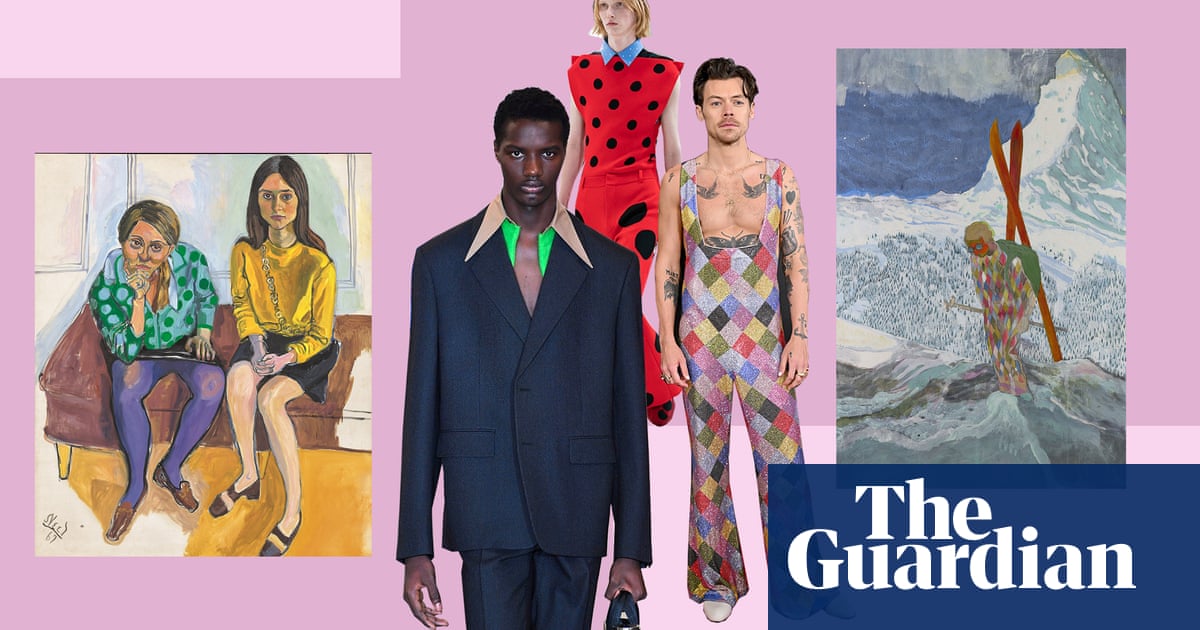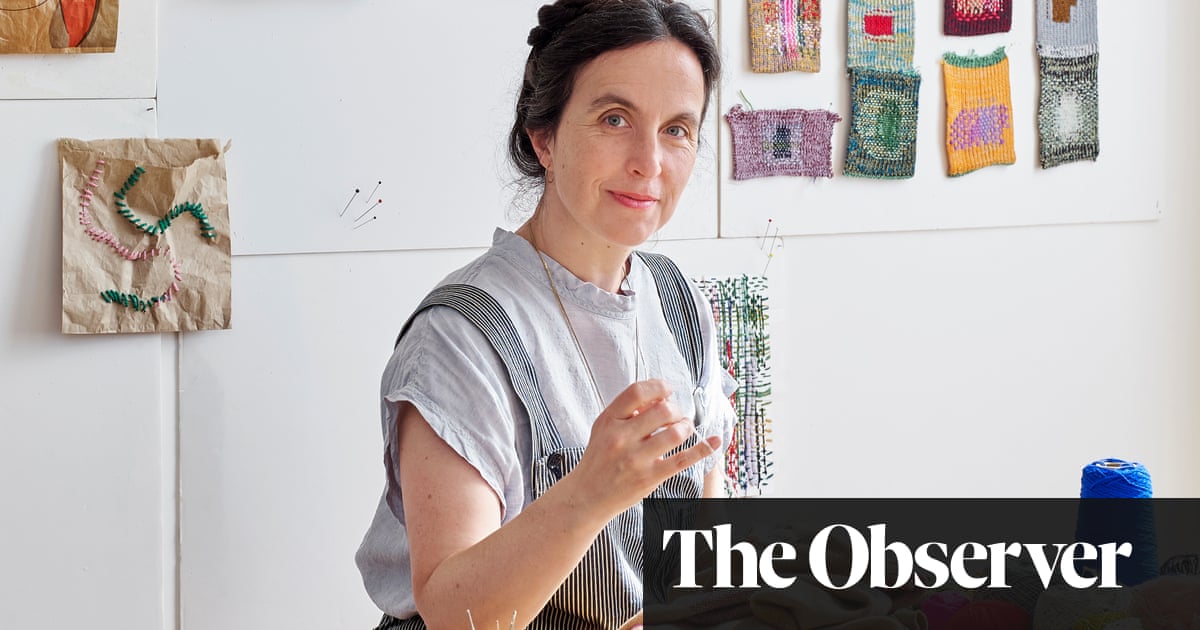
It was because of the movie Labyrinth that I learned to sew.
When Jennifer Connelly’s character recites the monologue that I would, in turn, recite endlessly to an audience of Vermont pine (“My will is as strong as yours, and my kingdom as great”), she is wearing a loose, cream-coloured blouse with ample, pleated sleeves. Her costume marks her as a heroine, on a heroine’s quest. I had never seen anything so captivating. With the adamantine will and romantic imagination of an eight-year-old, I vowed not to rest until I could wear this most beautiful of all garments.
I asked my mother what the shirt was and she said it was called a peasant blouse. I asked her if it was possible to buy a peasant blouse. I asked and I asked. I must have worn her down with my entreaties. What else besides sheer exhaustion could have produced a trip to the Ames in St Johnsbury, a provincial New England department store circa 1991? No one would have expected it to stock a garment even remotely approximating Labyrinth’s mid-80s interpretation of the Renaissance, and indeed it did not. I slid those disappointing shirts around the circular metal display rod, spirit sinking, determined to thoroughly examine each one just in case.
When the Ames trip failed and I remained devoted to the vision of the peasant blouse, my mother suggested I learn how to sew. Her friend had a teenage daughter, Hannah, who was a good seamstress, and Hannah agreed to give me lessons along with my best friend, Molly, who also wanted to learn. The lessons were held in the greenhouse on Molly’s family’s vegetable farm. Geranium, dill and the hot musk of tomato plants scented the air of our cutting room. With Hannah looking over our shoulders, we cut the thin paper patterns and pinned them to the fabric she had made us wash and iron, following each of the pattern’s steps fastidiously and thoroughly, as I was never again able to do without Hannah’s attentive shadow over me.
The first project she assigned was a nightgown. The next a sleeveless dress with multiple panels in the skirt, so that it flared at the knee. Finally, I took on “the peasant blouse”. I must by this time have so thoroughly assimilated the peasant blouse into my being that I didn’t consider perfect fidelity to the original colour necessary and chose instead to use a bright pink jersey. The blouse was a failure. It never draped the way Connelly’s did, it looked stiff and presumptuous where hers had been languid.
If I could travel back in time, I might explain to my child self that it was not her sewing that was flawed. Far more than a blouse had produced the blouse’s effect. It was the stage lighting, the makeup, the music, Connelly’s breasts – those objects of mystic signification to my prepubescent self – that together formed a packet of immense desire named “peasant blouse”. The blouse owed its drape to rayon’s molecular structure and was not a testament to Connelly’s personal courage.
“Playing dress up,” as adults call it so witheringly, as though it were a frivolity to be tolerated in children for obscure reasons pertaining to their “development”, is a rehearsal for self-realisation. Joseph Campbell wrote that the heroism of the hero consists of being willing to be the story’s protagonist, and which protagonist lacks a costume? There are good reasons why words like “rehearsal” and “stage” are unavoidable when it comes to describing the most pressing acts of life, whether personal, political, social or romantic.
In the 400 years since the death of Shakespeare, no one has adequately supplanted the metaphor that all of life’s a stage, and on this stage, one is costumed. When I learned to sew, it was closely associated with my desire to commit to a role, and my needle has not abandoned me, these many years since, in encountering the exigencies that come along with that decision.
In my early 20s, I tried to replicate the dress worn by Ada, the futurist bohemian character from Bernardo Bertolucci’s 1900 who ends up marrying a fascist and becoming an alcoholic. The dress was a floor-length turtleneck with long sleeves, slightly ruched at the waist, very clingy. My version, once it had been fabricated, seemed too fancy to wear to any of the places I went at the time so it idled for a period in my closet until an opportunity arose. My friend Lila, who was working as a nanny for a restaurateur, was invited to eat at one of his trendy restaurants, and brought me along as her guest. I wore the dress that night. Claire Danes was sitting at the table next to us and she was wearing a T-shirt, which disappointed me.
After dinner, we went to an art opening, and I met a Chilean artist. Because I was wearing that dress the night we met, it became special to me, and after he broke my heart it took on an aura of sorrow and failure. But the dress had been imprinted with fatalism from the start, by the futurist who could escape neither alcoholism or fascism. Maybe the dress helped initiate the sad story, bringing with it a kind of seductive curse, or maybe I somehow knew I was going to need the right costume for a tragedy. Sewing got me into that story, and out of it, too. The artist had left a black T-shirt in my apartment and I embroidered a hammerhead shark on it and deposited it outside his door. I don’t know why, but this cured my heartbreak.
To sew is to produce and it has therefore the natural optimism of the generative act, but it can also accommodate death, decay, stagnation. It is capacious. It can be a way of biding time when outnumbered, when our own force is not enough to overcome the circumstances. Sewing is ultimately a way to survive the winter – and there are many kinds of winter.
A few years ago, I made a skirt out of my grandmother’s old curtains. It is a very bright scarlet: she loved that colour. She died almost a decade ago, and the curtains retired from service a decade before that, but they had been stored in a box under a bench and retained their vibrancy. I wanted, for a reason I could and cannot name, to use all of them, so the skirt is enormous, with hundreds of small pleats to bring it in at the waist. Several children could hide under it.
There is a scene in the Nutcracker when eight children appear from under the skirts of Mother Ginger, who is played by a dancer on stilts. There is a scene in Günter Grass’s Tin Drum, in which Oskar recounts that his earliest memory is of hiding under his grandmother’s skirts in a potato field. To a child, a full skirt is a palace. To become that palace, as a wearer of the skirt, is to embody a particular kind of matriarchal power. As I stitched the skirt of scarlet curtains I had thought only of my own body, but from the moment I first tried it on it began to beg to shelter other bodies also. I wore it when my young nieces came to visit me in Brooklyn. It seemed like it might be a protective force for them as we moved about the city together.
The anthropologist Jane Schneider has argued that manufacturing clothes under capitalism is unique because capitalism is “incapable of generating or sustaining ideas of benevolent spiritual or ancestral involvement” – ideas inherent in fabric traditions from every corner of the world for as far back as knowledge of them extends.
Yet the potent link between sewing and reproduction endures, as the Navajo weaver Velma Kee Craig once pointed out to me, even in the twisted strands of two-ply yarn that look so similar to genetic coding. In that skirt, I was poised between my grandmother and my nieces, a link in the chain.
Sewing bridges generations, but it also bridges future and past selves. Sewing something for yourself implies belief in a future self. During the pandemic, I made a dress using a 1940s pattern I bought on eBay, with dark brown deadstock in made-in-USA flannel. I wanted something sculptural and elegant that also felt like pyjamas, because I desired cosiness, but I also wanted to be able to imagine being out among people again one day. This vision of sociality was built into the act of ordering the pattern, its fabric and its buttons, in following each of the crumbling pattern’s steps. Each stitch has a way of uttering, “I believe in the future. I believe in the future.”












